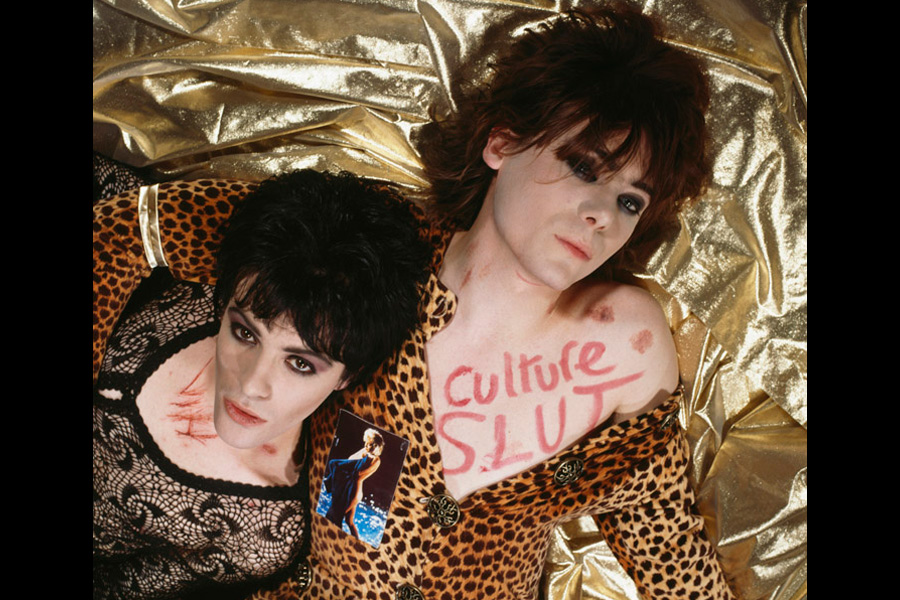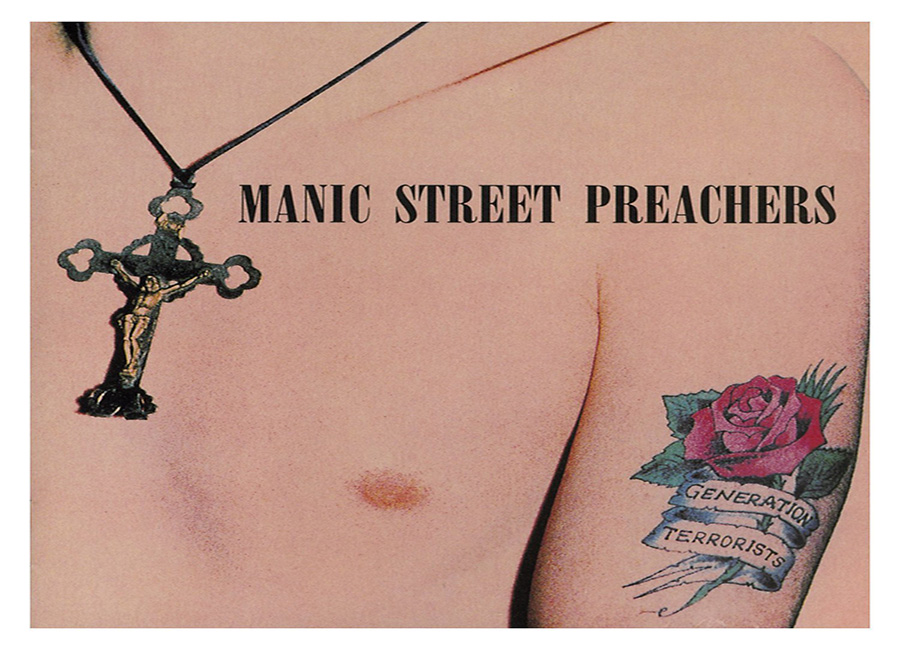Ever wondered where your favourite Welsh rock bands started up? Or perhaps just how many bands have emerged from the Land of Song? Well, luckily for you, I’ve created a map that should satisfy your burning curiosity.
Tag: Before they were signed
Before they were signed: Manic Street Preachers
Quite a lot happened in 1986. Argentina won the football world cup, the US and Russia ended years of tense silence, and a nuclear power plant exploded in Ukraine’s Chernobyl. Not all cheery stuff, granted. But, of course, there was something else that happened that year: famed Welsh rockers the Manic Street Preachers burst onto the music scene.
The early days
The Manics, as they are often affectionately referred to by fans, come from the small Welsh town of Blackwood, a place about which bassist Nicky Wire once said, “If you built a museum to represent it, all you could put in it would be shit.”

All four of the band’s founding members – James Dean Bradfield, Nicky Wire, Miles (Flicker) Woodward and Sean Moore – also went to the same school: Oakfield comprehensive. Naturally enough, a mutual love of music lead the four of them to form a band. As is often the case with established acts, though, they were initially known by a different name.
They were originally called Betty Blue, and although the band are known for their punk tendencies (especially during the first half of their career), this early incarnation of the band’s sound was especially raw. This is hardly surprising, considering they were heavily inspired by such acts as The Clash and the Sex Pistols, influences which can be heard on the band’s early material.
However, in 1988 Miles Woodward decided to go his own way, allegedly because the band were starting to move away from their punk beginnings.
So, Bradfield and Co. decided to have a little shake-up. Firstly, Wire swapped the electric guitar for the bass, a move that has remained to the present day; and secondly, the now infamous Richey Edwards was added to the line-up. Oh, and they were now officially known as the Manic Street Preachers.
Getting signed
Whether it was a conscious decision or not, the band’s change in sound (even if it wasn’t a great shift) might have actually helped in getting them signed. In 1990, they signed a deal with Damaged Goods Records for one EP. The result was the four-track New Art Riot EP, featuring such tracks as ‘Strip It Down’ and ‘Teenage 20/20’. Not long after, Heavenly Records released Motown Junk, a three-minute punk romp featuring the lyric, ‘“I laughed when Lennon got shot.”
It was 1991, though, that was the year when it all happened for the Manic Street Preachers. During May that year, the band were interviewed by NME journalist Steve Lamacq. The meeting became infamous for guitarist Richey Edwards slicing ‘4 REAL’ into his arm after being questioned about whether the band was fraudulent and inauthentic. He was taken to hospital and had to have 17 stitches.

The incident without doubt increased the band’s profile, and six days later they were were signed to Sony’s Columbia Records.
Their debut album Generation Terrorists was released in February the following year.

Present Day
Quite a bit has happened to the Manic Street Preachers since those days in the early nineties. They’ve had number one records, headlines the biggest festivals and have been involved in plenty of controversies. The band were also caught up in one of music’s greatest mysteries: the disappearance of Richey Edwards, who was officially presumed dead in 2008.
But Bradfield, Wire and Moore are still going strong, and their music continues to be lauded by critics and fans alike. Their sound and look may have changed over the years, but the essence of the Manic Street Preachers remains as pure as ever.
Before they were signed: Stereophonics
One of the most successful acts to emerge from the South Wales music scene is the Stereophonics. The Glamorgan-based band has been a stalwart of the rock genre, not only in Wales but in the UK as a whole. Over their twenty year career, Kelly Jones and Co. have had number one albums and singles, and have even headlines numerous festivals. Their latest album, Keep The Village Alive has also gone to number one, showing that the band is still as popular as it’s ever been.

But where did it all begin for the Stereophonics? What’s the story of the band before they were signed?
The embryo of what would later turn into the Stereophonics had its beginnings in the small village of Cwmaman, a former mining town near Aberdare. The then teenage Kelly Jones had overheard the sound of drums being played when he was walking down his street. He had liked what he heard, and so asked the drummer if he’d like to jam. His name was,of course, Stuart Cable.

Jones and Stuart enjoyed making music with each other, and soon enough had recruited other members to play and start a band with. Starting in 1992, this early incarnation of the Stereophonics was called Tragic Love Company, a named derived by the members’ favourites bands (Tragically Hip, Mother Love Bone, Bad Company). They played only covers at first, but soon expanded their set to include their own material. This early sound was largely blues-influenced, though they came to realise that they wanted to give off more of an edgy’ punky vibe. (This rawer sound can be especially heard on the Stereophonic’s early releases.)
The band’s early gigs were mostly performed in working men’s clubs, but as time went on Kelly and co. set their sites on places further afield. As well as playing the South Wales scene, they started to tout the UK. It didn’t matter whether they were playing to ten or a hundred people: they were getting their name out there.
The Turning Point
Then, in March 1996, it happened: they got their big break. Still using the name Tragic Love Company, the three-piece headlined a gig at their local Coliseum Theatre – also playing were fellow Welsh acts Catatonia and Pocket Devils. Watching in the crowd was John Brand, who would later become the band’s manager. He was so impressed that he signed them then and there. A couple of months later, they had officially changed their name (due in part to pressure from their new manager) to the Stereophonics and had become the first band to sign to Richard Branson’s new record label, V2. By August 1997 they had released their first album, Word Gets Around.

And the rest, as they say, is history…
The Legacy
The story of the Stereophonics is just one of many to emerge from the South Wales music scene. It’s a simple one that shows how the humblest of beginnings can turn into something huge. These tales are necessary if we are to inspire the next generation of would-be artists. After all, music and the music industry has changed a lot in recent years.
One thing’s for sure, though: the Stereophonics most certainly have not, and are showing no signs of going away any time soon.
